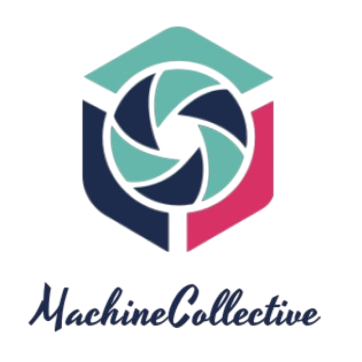The convergence of Edge Computing and the Internet of Things (IoT) represents a significant technological evolution, offering enhanced capabilities and efficiencies across various industries. Edge Computing brings computational power closer to the data source, while IoT connects an array of devices to collect and share data. When combined, these technologies drive innovation, streamline operations, and open new avenues for real-time data processing.
Understanding Edge Computing
Edge Computing refers to processing data near the source of its generation instead of relying on a centralized cloud-based location. This local processing minimizes latency, reduces bandwidth usage, and enhances the speed of data-driven decisions. Edge Computing is quintessential for applications requiring real-time sensitivity and vast data volumes.
Benefits of Edge Computing
- Reduced Latency: Data processing at the edge minimizes the delay, enabling faster decision-making.
- Bandwidth Optimization: Reduces the amount of data transmitted to cloud services, minimizing bandwidth use.
- Enhanced Security: Localizing data processing can mitigate risks associated with data transfer to centralized locations.
- Scalability: Facilitates the management of large-scale IoT applications with greater efficiency.
The Role of IoT
The Internet of Things (IoT) encompasses interconnected devices capable of collecting, transmitting, and processing data. These devices range from everyday household items to sophisticated industrial machinery, all aimed at generating valuable insights and automation.
Benefits of IoT
- Operational Efficiency: IoT devices can automate routine tasks, enhancing overall productivity.
- Data-Driven Insights: Provides critical data, helping businesses make informed decisions.
- Enhanced Connectivity: Facilitates seamless communication between devices, improving coordination and response times.
- Cost Savings: Reduces operational costs through automation and predictive maintenance.
Edge Computing and IoT: A Perfect Match
Integrating Edge Computing with IoT devices amplifies the potential benefits of both technologies. The local data processing capability of Edge Computing is particularly beneficial for IoT applications that demand real-time responses and deal with extensive data.
Use Cases of Edge Computing and IoT
Several industries are harnessing the combined power of Edge Computing and IoT to streamline operations and gain competitive advantages. Below is a table summarizing key use cases:
| Industry | Use Case | Benefits |
|---|---|---|
| Manufacturing | Predictive Maintenance | Reduces downtime, increases operational efficiency |
| Healthcare | Remote Patient Monitoring | Real-time health data analysis, improved patient care |
| Agriculture | Smart Farming | Optimized resource usage, increased crop yields |
| Retail | Inventory Management | Better stock control, enhanced customer satisfaction |
| Energy | Smart Grids | Improved energy distribution, reduced energy waste |
Challenges of Edge Computing in IoT
- Security Concerns: Increased endpoints can lead to potential vulnerabilities if not properly secured.
- Infrastructure Costs: Setting up edge devices can be costly and resource-intensive.
- Complexity: Managing a decentralized network of devices adds complexity to the system.
- Data Management: Efficiently managing and processing data at the edge requires robust solutions.
Future Trends
The future of Edge Computing and IoT looks promising with advancements in AI, 5G technology, and machine learning. These innovations are expected to further drive the adoption and efficiency of Edge-IoT integrations.
Predicted Developments
- AI Enhancement: Enhanced AI algorithms will improve edge analytics, making data processing more insightful.
- 5G Proliferation: The widespread adoption of 5G will enable faster data transmission and support more complex IoT networks.
- Improved Hardware: Development of more powerful yet compact edge devices.
- Enhanced Security: New cybersecurity measures tailored for edge environments.
Conclusion
Edge Computing and IoT are revolutionizing the way organizations operate by offering real-time data processing, improved efficiency, and enhanced decision-making capabilities. Despite certain challenges, the future of these technologies is bright, driven by ongoing innovations and growing adoption across various sectors.
